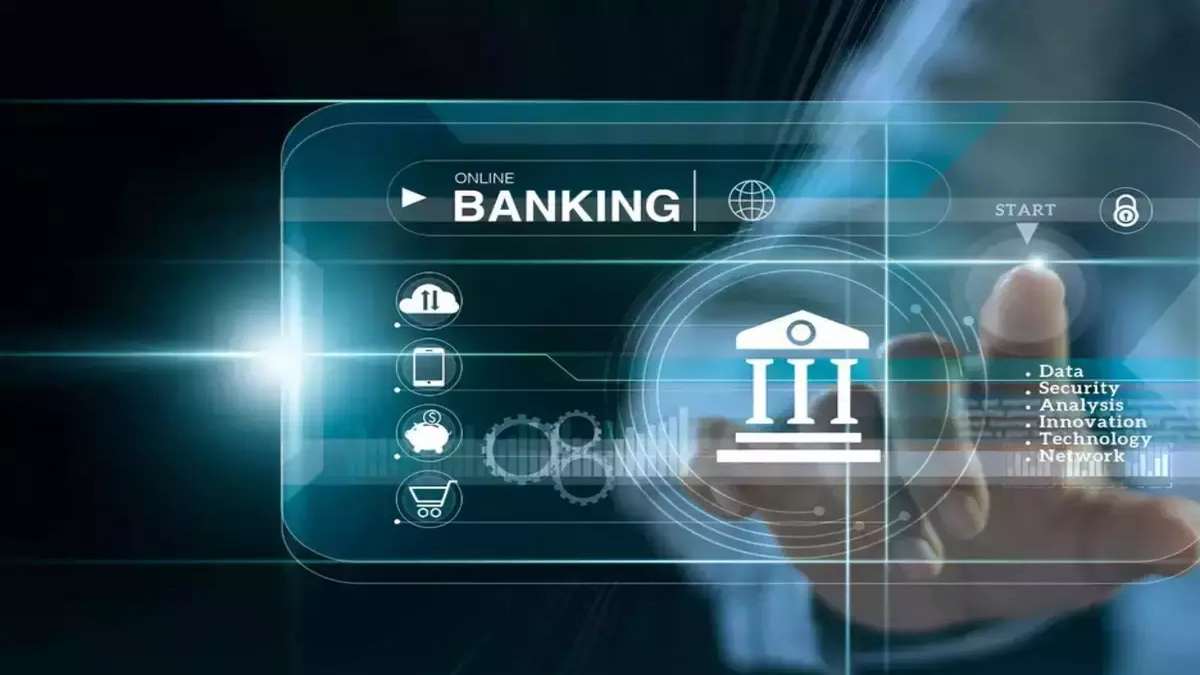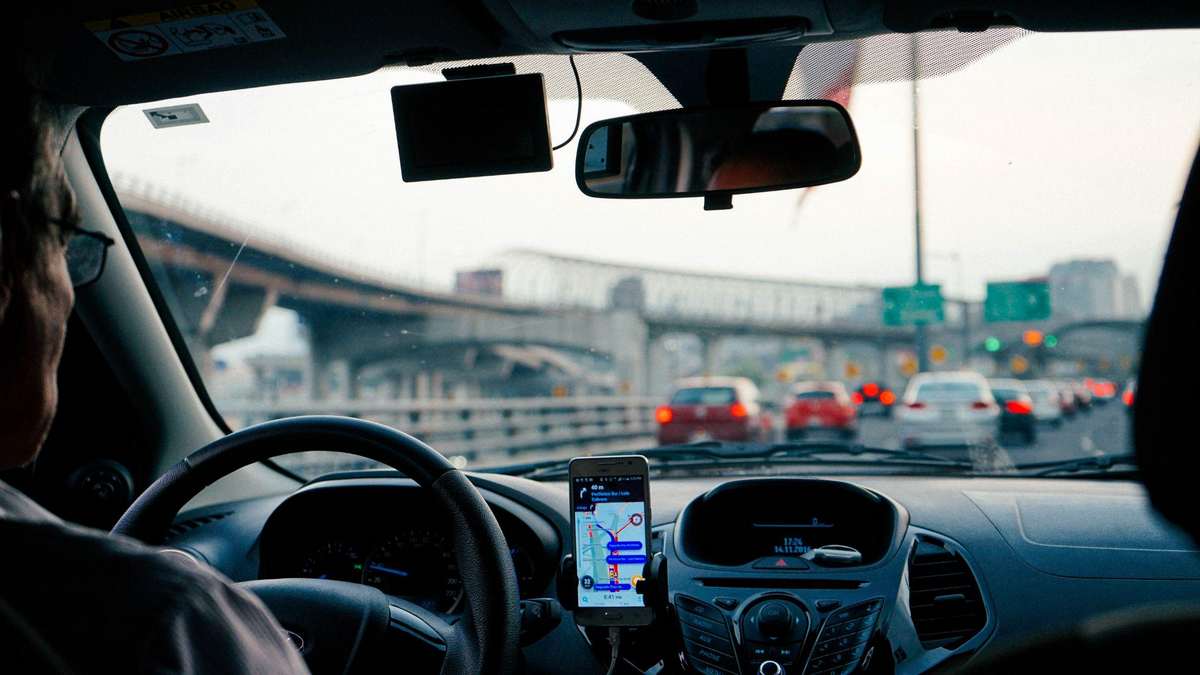
Paying for pretty much anything has become much easier in recent years, to the extent that most people no longer carry more than a few dollars on them. You can pay for everything without touching physical cash, and we can thank digital banking for that. Debit and credit cards as well as online wallets like PayPal and Venmo have become ubiquitous making people much less likely to carry cash. But, where did all this begin, and how has digital banking changed over the years?
The Problem
Before the era of digital banking, the issue many people faced was receiving money in their bank accounts. It was not unusual for someone to walk into a bank with a wad of cash or a check for a deposit. Even when people did this, there was still the issue of incorrect account information that made the transactions unsuccessful.
International Payments
Things started to change when Mastercard and Diners Club emerged, enabling people to make international transfers. This challenged traditional banks that could not yet take advantage of these networks.
Banks would switch to computerized systems and mainframes in the 1960s to somewhat digitize payments, but things were still slow and cumbersome. Digital banking as we know it became a thing in the 1980s with the advent of the internet and advancements in computer technologies.
This is when the world saw the first online banks like First Direct, but people remained somewhat skeptical until the smartphone was introduced. In that brief period, online banking was growing, but smartphones made the growth and proliferation accelerate.
The Role of the Smartphone
Most of the services we know as part of digital banking came about after the smartphone started becoming popular. Suddenly everyone had a means of communication in their pocket. If this was so, why not take your bank along with you too?
Evolution of Fraud
As digital banking has become arguably the most common way of paying, it has opened up opportunities for fraud. Fraud tied to identity theft and credit and debit cards is on the rise and this is why it is so important that businesses and individuals learn to protect themselves.
Individuals can do so by getting in touch with their banks if they lose their cards or identification so their cards can be canceled. Businesses have to do a lot more to prevent fraud, but solutions like address, identity, and account verification are helping. Address and identity verification involve checking that the information exists and is tied directly to the credit card one is using to purchase goods.
For account verification, businesses have to check that the account exists so that businesses can connect to them for payments. Services like Envestnet | Yodlee account verification have made it much easier to complete verification in real-time. The Envestnet | Yodlee account verification service is secure and safe, helping protect both businesses and individuals. Envestnet | Yodlee creates fintech solutions and products for businesses, entrepreneurs, and organizations. Their products make receiving payments and growing and managing wealth easier.
Conclusion
There is little doubt that digital banking is thriving. With how rapidly technology changes, we will continue to see it evolve until the technology matures and the market becomes saturated with digital marketing apps, products, and services.



